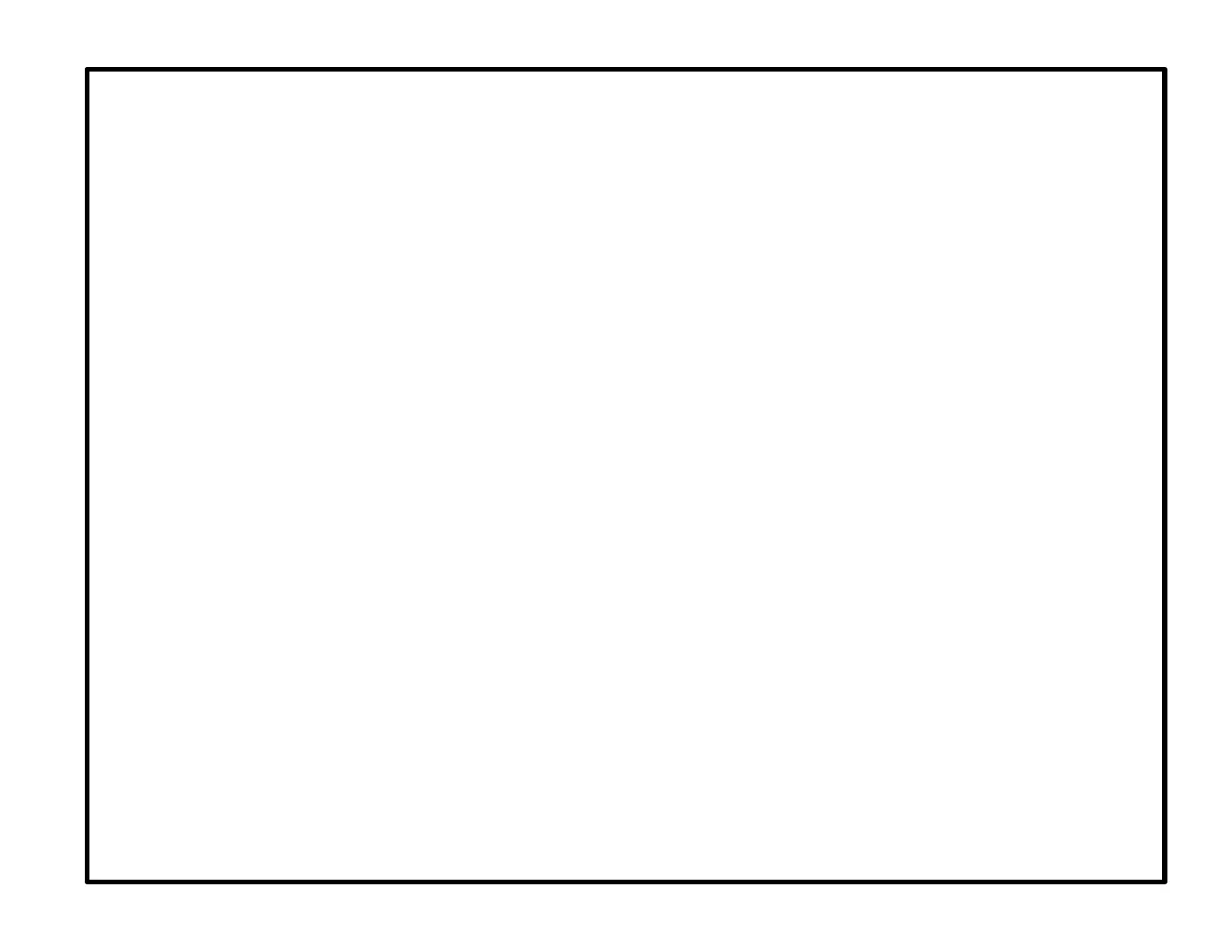Page 122
C8-1 DIAGRAM
Honeywell W973 Control System and T7067 Thermostat without Economizer
3-C8-1 Section
Honeywell W973 control, when added to the GCS16 system, allows use of electronic ramping
thermostats, discharge temperature sensors, return air temperature sensors and/or remote
thermostats and transmitters. W973 control system is designed for use with Honeywell T7067
electronic ramping thermostat and Q667 subbase. Interconnecting W973 relay kit must be
used to adapt W973 to the GCS16.
NOTE - In order to understand how these optional controls affect the operation of the GCS16,
you must first understand how all GCS16 components work. Refer to the operation se
quence for basic unit operation.
NOTE - Use of Honeywell W973 controller with the GCS16 requires use of W973 relay kit
and CMC3-1 time clock. This arrangement is designed for use with Honeywell T7067 elec
tronic ramping thermostat and Honeywell Q667 subbase or equivalent. Remote setpoint
transmitter with return air temperature sensor or room temperature sensor may be used in
place of room thermostat. None of the thermostat/sensor combinations affect the following
operation sequence.
The W973 plugs in to the GCS16 inside the control makeup area of the GCS16 blower
compartment (see figure 97). Jack J17 connects to unit plug P16. Then plug P17 connects to
jack J16. Jumper plug J19 supplied with the W973 must be connected to plug P19 on the
W973. Jumper plug J12 also supplied with the W973 is not used with GCS16 series units and
may be discarded.
The W973 relay kit mounts inside the control make-up area of the GCS16 blower compartment
next to the W973. No wiring is required. GCS16 jumper plug P3 is removed and discarded.
Warmup kit harness plug P6 connects directly into GCS16 jack J3 in the blower compartment.
WARNING - CONNECT ONLY RELAY KITS DESIGNED FOR THIS CONTROL SYSTEM.
RELAY KITS DESIGNED FOR OTHER CONTROL SYSTEMS ARE NOT COMPATIBLE
AND CONTROL DAMAGE OR FAILURE WILL RESULT. FOR EXAMPLE, A W7400
RELAY KIT MUST NEVER BE CONNECTED TO A W973 CONTROL SYSTEM.
Operation Sequence:
1-Room temperature is controlled by a thermistor located in A2 (T7067A) thermostat or remote
A2 (T7067B) transmitter (RT2). As room temperature changes, thermistor resistance also
changes. If room temperature goes up, thermistor resistance goes down. If room tempera
ture goes down, thermistor resistance goes up. The thermistor allows 2.5V/F(1.4V/C).
When the cooling setpoint is crossed, the T7067 begins transmitting a cooling ramp from ter
minal 4 through TB1-4 to terminal 4 of A1. As room temperature increases, the cooling ramp
increases from 1 to 16 VDC.
When the heating setpoint is crossed, the T7067 begins transmitting a heating ramp from ter
minal 5 through TB1-5 to terminal 5 of A1. As room temperature increases, the cooling ramp
increases from 1 to 16 VDC.
2- Generally, A1 cooling contacts C1 close when voltage input to A1 terminal 4 reaches 4VDC.
C2 cooling contacts close when voltage input to A1 terminal 4 increases to 5 VDC.
A1 heating contacts H1 close when voltage input to A1 terminal 5 reaches 4 VDC and H2 con
tacts close when the voltage ramp increases to 5 VDC.
3- To provide anticipation, discharge sensor RT1 modifies the voltage that A1 receives at termi
nals 4 & 5. If discharge temperature goes up, RT1 resistance goes down. For every 25F
change in discharge temperature, A1 will offset the setpoint 1F. As a result, RT1 may require
a higher or lower voltage input to A1 terminals 4 or 5 before closing C1, C2, H1 or H2.
Day Operation (Occupied Period):
4- Time clock CMC3-1 contacts open. Relay K38 in relay kit de-energizes.
5- Contacts K38-1 open, removing setback resistor R4 from the circuit.
Contacts K38-2 open, removing setup resistor R5 from the circuit.
Contacts K38-3 close, control of blower B3 is shifted to A2 terminal 10. During day operation
when contacts K38-3 are closed, blower B3 is controlled by A2 terminal 10 and can operate in
ON or AUTO modes.
6- Heat demand (ramp from A2 terminal 5) closes H1. First stage heat energizes.
7- Increased heating demand (increased voltage from A2 terminal 5) closes H2 (not used in this
application).
8- When the heating demand is satisfied, heating section of GCS16 is de-energized.
9- Cool demand (ramp from A2 terminal 4) closes C1. Demand passes through P3 to energize
cooling section of GCS16 and through N.C. K55-1 contacts to energize relay K37. Relay K55
(used for LVAV only) simultaneously energizes and K55-1 N.O. contacts close to keep relay
K37 energized.
10- When K37-1 closes, the blower is energized on cooling speed.
Night Setback (optional field installed)
11- Optional field installed time clock must be connected for night setback operation.
12- Blower B3 operates only during a heating demand during setback.
13- When clock contacts close, relay K38 energizes.
14- Contacts K38-1 close to energize setback resistor R4.
Contacts K38-2 close to energize setup resistor R5.
Contacts K38-3 open to energize blower B3 on demand only.
During night operation when contacts K38-3 are open. blower B3 operates only on demand
powered by relay K25 (in GCS16 - for heat) or K37 (for cool).
15- A1 terminal 1 feeds 20VDC at all times to A2 terminal 1 and K38-1 and K38-2 (source of volt
age for resistors in relay kit).
16- When heating demand is present during unoccupied periods, 20VDC feeds through K38-1
and R4. R4 alters the voltage. A2 terminal 6 receives that altered voltage and uses it to shift
the unoccupied setpoint. R4's value, 3.6K ohms, shifts the unoccupied setpoint down 10F.
For example, if heat lever of A2 is set at 75F, the unoccupied setpoint for 1st stage operation
is 65F.
17- When cooling demand is present during unoccupied periods, 20VDC feeds through K38-2
and R5. R5 alters the voltage. A2 terminal 8 receives that altered voltage and uses it to shift
the unoccupied setpoint. R5's value, 1.2K ohms, locks out cooling in unoccupied mode.

